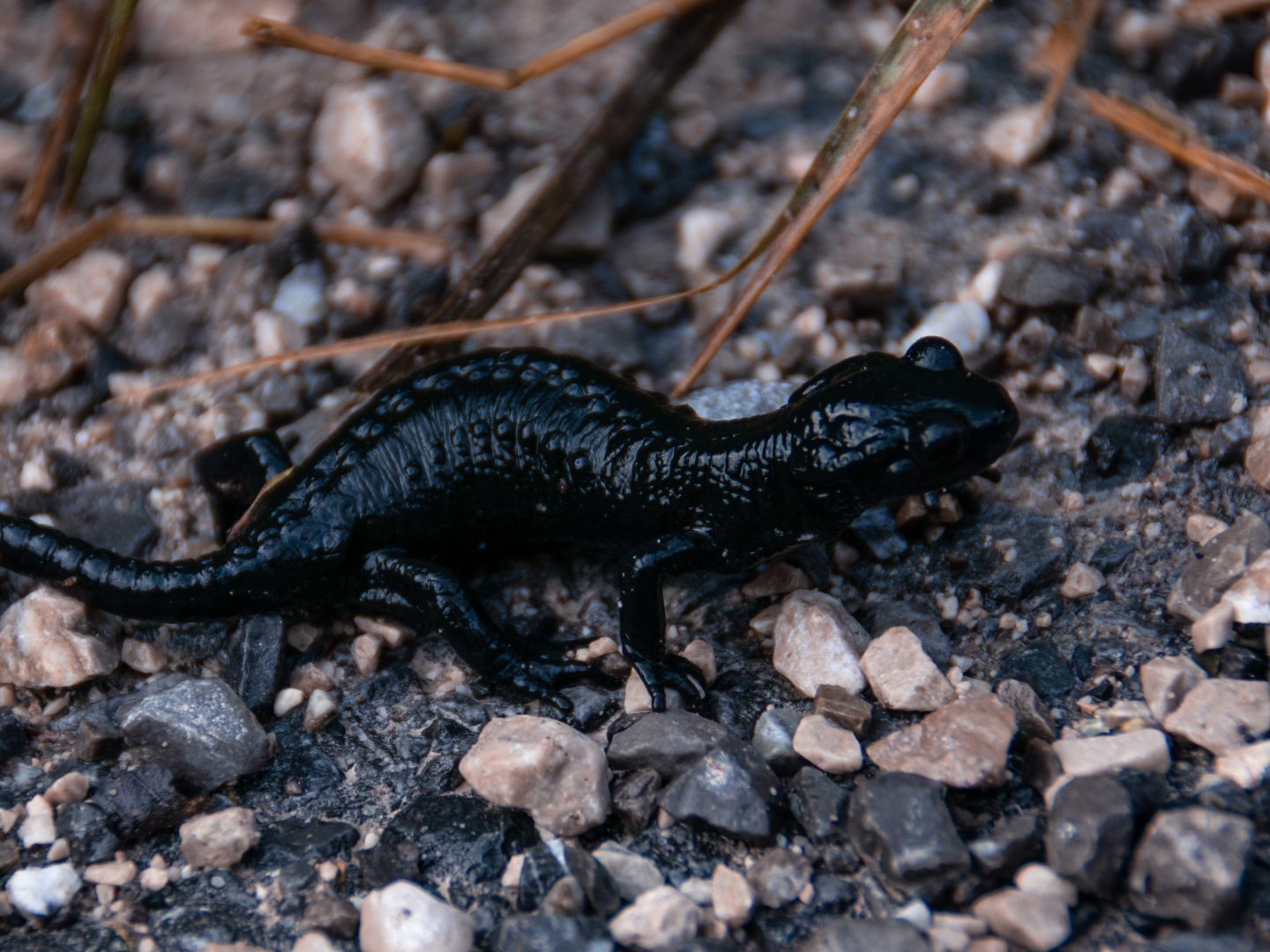"Frog in the Water Droplet" Shows Biodiversity in Local Waters

As part of the citizen science project "Frog in the Water Drop," over 1,000 water samples were collected from various bodies of water in Austria last year and sent to the Institute of Zoology at the University of Innsbruck. The analysis of the so-called environmental DNA (eDNA) provided evidence of 18 out of a total of 21 native amphibian species, as the University of Innsbruck announced on Monday.
The project relied on the help of citizens to document amphibian diversity. A total of 1,120 sampling sets were sent to interested parties - including private individuals, schools, associations, and authorities. With a response rate of 97 percent, the interest was high. The most frequently detected species were the smooth newt, common frog, and common toad.
Particularly many amphibian species detected in the Weinviertel and Carinthia
"Each amphibian species leaves DNA in the water through excretions, eggs, or tissue residues," explained project leader Corinna Wallinger the method. This environmental DNA makes it possible to identify the spectrum of species without having to directly observe or capture the animals. According to the Austrian Herpetological Society, particularly species-rich samples were found, among other places, in the Weinviertel and Carinthia.
No genetic traces were found of the palmate newt, the natterjack toad, and the alpine salamander. Experts attribute this to the rarity of these species and their reproductive strategies: some do not require open spawning waters where DNA traces could remain.
Due to climate changes: dangerous fungus from Asia discovered in Austria's waters
In eleven percent of the samples, the chytrid fungus (Batrachochytrium dendrobatidis) introduced from Asia was also detected. This pathogen is highly dangerous for amphibians and can cause diseases that lead to mass die-offs. Samples from the east and west of Austria were particularly affected. Researchers cite climate changes and the high connectivity of water bodies, which facilitates the spread of the fungus, as causes.
(APA/Red)
This article has been automatically translated, read the original article here.





